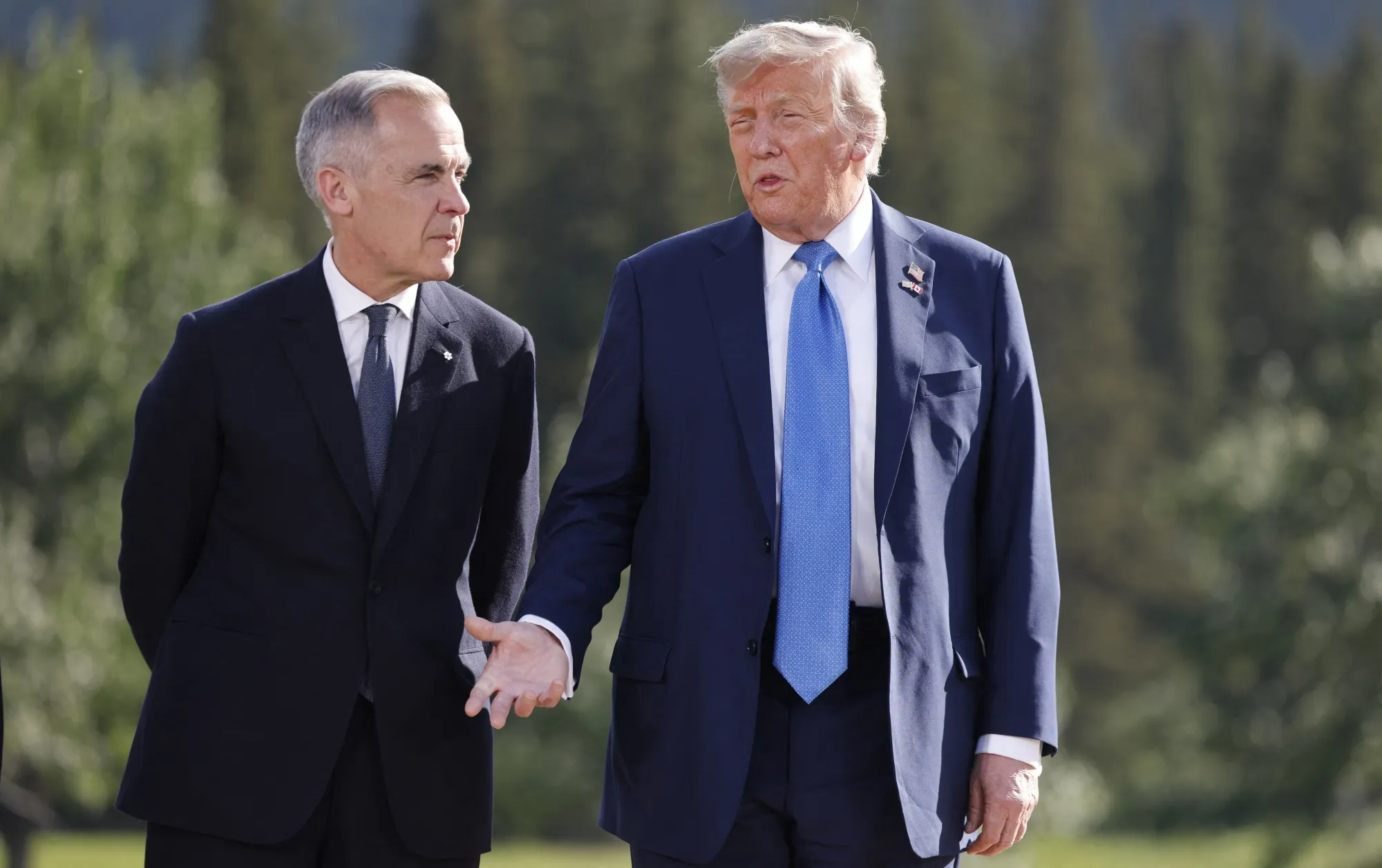U.S.-Canada Trade Talks: The Digital Services Tax Debate
The trade relationship between the United States and Canada, two of the largest trading partners in the world, is navigating through a significant turning point. Recently, the anticipated resumption of trade talks emerged following Canada’s decision to withdraw its planned digital services tax. This tax aimed to target major U.S. technology firms, and its repeal marks a notable moment in bilateral relations.
The Withdrawal of the Digital Services Tax
Kevin Hassett, the White House economic adviser, confirmed on Fox News Channel that negotiations would recommence immediately after Canada dropped the contentious 3% digital services tax. Initially scheduled to be implemented just hours after the announcement, this tax would have affected large U.S. firms such as Amazon, Meta, Google, and Apple.
Canadian Prime Minister Mark Carney communicated this decision directly to President Donald Trump during a phone call on the preceding Sunday. The shutdown of the tax collection was framed by White House Press Secretary Karoline Leavitt as a significant win for U.S. tech companies, crediting Trump’s stringent trade policy for the outcome.
A Shift in Trade Dynamics
The issue of the digital services tax had reached a peak earlier in June when Trump raised concerns during the G7 summit in Canada, urging Carney to reconsider its implementation. As tensions mounted, Trump expressed that the proposed tax was a “blatant attack” on American businesses. A swift retraction of the tax came in response to his administration’s stern warnings, including the potential introduction of new tariffs on Canadian goods.
The financial implications of this tax were considerable, as it was projected to be retroactive to 2022. By agreeing to halt the tax, both nations have committed to renewing discussions for a new trade deal with a target deadline of July 21.
Government Responses and Market Implications
As the dust settled, U.S. Commerce Secretary Howard Lutnick welcomed Canada’s decision as crucial for sustaining momentum in trade talks. Treasury Secretary Scott Bessent echoed this sentiment, projecting that multiple agreements could be reached before a critical deadline on July 9. This deadline poses significant economic stakes, as U.S. tariff rates are set to increase sharply if negotiations falter, potentially rising to between 11% and 50%.
The business community reacted positively, with Wall Street stocks experiencing an uptick after the news. Investor confidence grew, buoyed by hopes of successful trade negotiations and a stable economic environment.
Diverse Reactions in Canada
While many Canadian business groups supported Carney’s decision to drop the tax, highlighting concerns that it could lead to higher consumer costs and stunted economic growth, not all responses were favorable. Members of the opposition criticized the move, suggesting it contradicted Carney’s campaign promises to resist Trump’s influence and advocate for Canadian interests.
This debate showcases the delicate balancing act that Canadian leaders must navigate between maintaining robust economic ties with the U.S. and adhering to domestic promises.
The Importance of U.S.-Canada Trade Relations
The trade dynamics between the United States and Canada are profound. Canada ranks as America’s second-largest trading partner—surpassed only by Mexico—and remains the foremost destination for U.S. exports. In the previous year alone, Canada imported $349.4 billion worth of goods from the United States while exporting $412.7 billion back, according to data from the U.S. Census Bureau.
This robust trade relationship underscores the intertwined fates of both economies, illustrating how decisions in one country can have immediate and far-reaching effects on the other.
In light of these developments, the spotlight will remain on the unfolding trade discussions. The opportunity for renewed cooperation stands against the backdrop of complex negotiations, as both sides work to establish equitable terms that foster mutual benefit while navigating their respective political landscapes.


